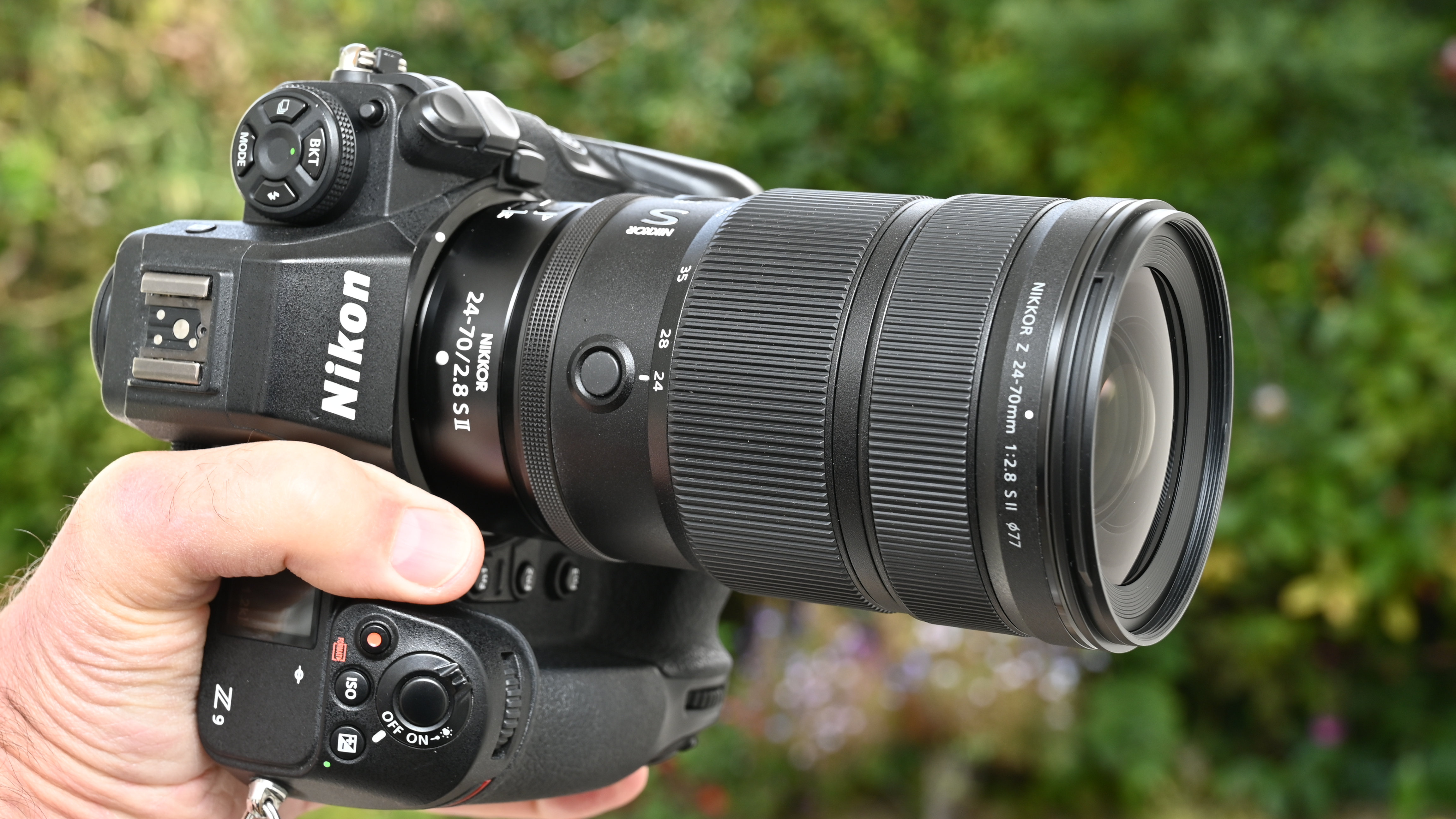The best lenses for the Nikon Z8 and Z9 in 2025: top-flight lenses for these top-of-the-range cameras
It's a tough job, but I pick out the best lenses for the Nikon Z8 and Z9, Nikon's sensational high-res mirrorless flagships

Choosing the best lenses for the Nikon Z9 and Z8 sounds an easy job. But I don't think that you can simply pick the most expensive S-line version of every lens. It's not that straightforward, since Nikon now offers different choices within a specific focal range and for different types of photographers. With that in mind, I'll be steering a path through all of the different options.
The Nikon Z9 and Nikon Z8 are the best Nikon cameras so far, and I think it's true that the best Nikon Z lenses are obvious candidates to go with them, but these can get very expensive, so if I can think of more affordable alternatives, I'll mention them. It all depends on what you use your camera for, and you don't want to spend top-dollar on a lens that you'll only use occasionally.
For social and wedding photographers, for example, the best constant-aperture 'S' lenses are must-haves. And if you're a pro wildlife or sports photographer, you'll be looking at Nikon's top-flight super-telephoto primes, including the Nikon Z 400mm f/2.8 TC VR S, the Nikon Z 600mm f/4 TC VR S and the Nikon Z 800mm f/6.3 VR S, which are highly expensive and just a little outside the scope of my list.
All things considered, these are the lenses that I would pick for general travel, landscape, commercial, and other photography. Be ready for some fairly stiff prices – but then, if you're looking for the best lenses for the Nikon Z9 and Z8, you know you've already entered a major league price bracket, and that the 45.7-megapixel sensor common to both cameras is going to demand the finest lenses for the best results.
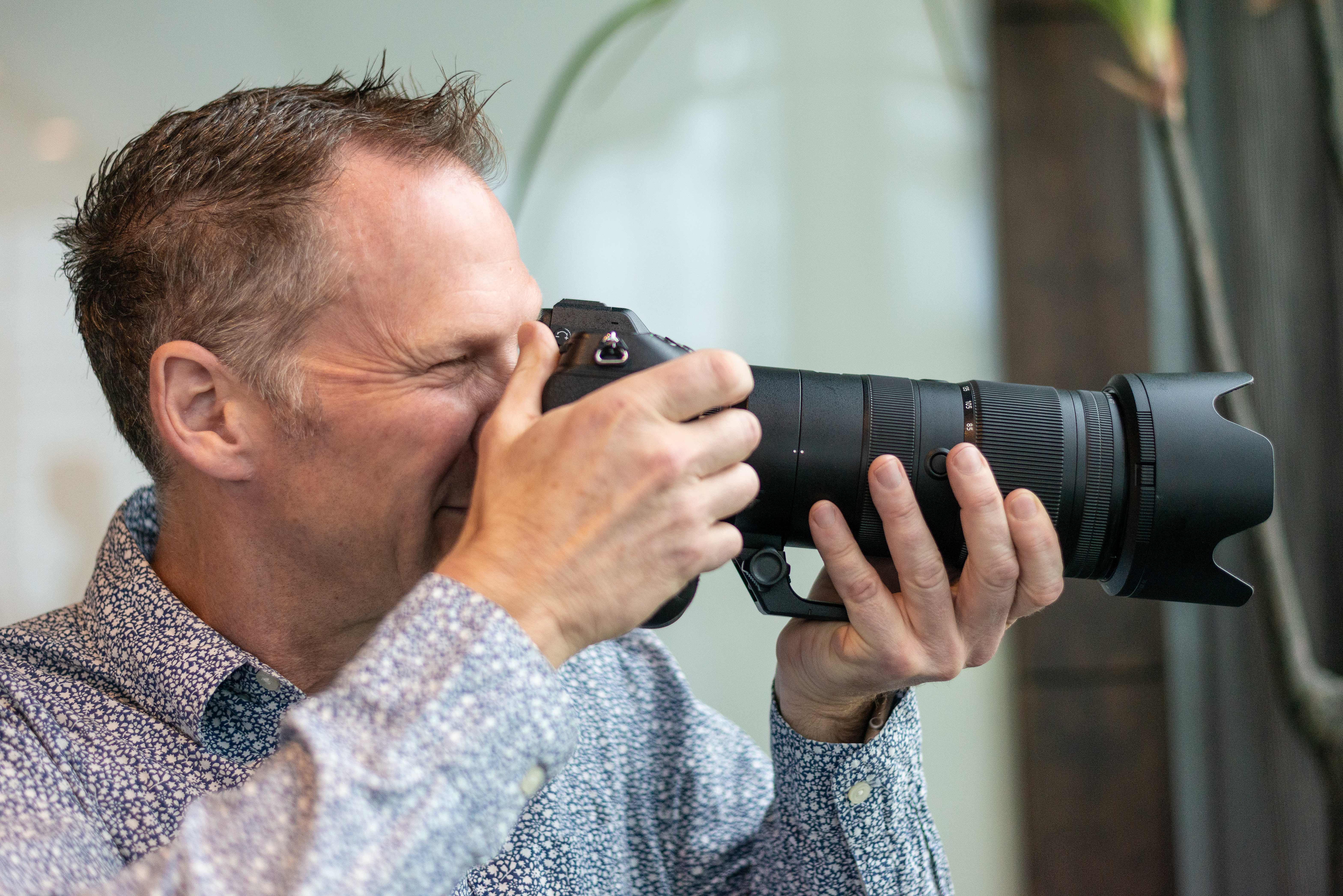
Adam is Digital Camera World's Guides Editor and a long-time Nikon user, having previously been editor of Nikon-dedicated magazine N-Photo. As such, he's had hands-on experience with all Nikon Z-series cameras, including the Z8 and Z9, and there's no one better placed to guide you through the best lenses for them.
The Quick List

This premium-quality standard zoom reigns supreme for optical performance, and this Mark II version is lighter and faster to focus than the already-incredible original.
Read more below…

Superb image quality makes this a must-have lens for landscape photographers, and I love that, unlike many, it has a filter attachment thread.
Read more below…

A pillar of your lens collection, this zoom handles everything from sports and wildlife to social photos and portraits with ease.
Read more below…

Get close to the action with a telephoto that brings you superb reach and the optical quality you expect from an S-line lens.
Read more below…

It may not be an S lens, but with this sort of image quality, so much versatility and a competitive price, it’s worth taking seriously.
Read more below…

Shoot stunning close-ups with a wafer-thin depth of field, and enjoy the usefulness of the 105mm focal length for general shooting too.
Read more below…
View the full list ⤵

This brilliant example of a nifty fifty combines top-notch center sharpness with wonderful background blur – a great investment.
Read more below…

Portrait perfection is the aim of this super-fast f/1.2 lens, combining supreme sharpness with sublime bokeh.
Read more below…
Best lenses for the Nikon Z9 and Z8
Why you can trust Digital Camera World
Best standard zoom for the Z9 and Z8
Specifications
Reasons to buy
Reasons to avoid
This is one of three 'trinity' lenses any Nikon Z9 or Z8 owner will have on their shopping list. A constant-aperture f/2.8 24-70mm has become a standard fixture in any premium camera manufacturer's lens range.
The Nikon Z 24-70mm f/2.8 S II lens is a spectacular upgrade over the original Nikon Z 24-70mm f/2.8 S, boasting reduced weight, a fully internal zoom mechanism, a new 'Silky Swift Voice Coil Motor' for incredibly fast and quiet autofocus, and an aperture ring with a 'Click on/off' switch to allow for tactile feedback when shooting stills and smooth transitions in video. While it lacks the OLED display of the first-gen lens, it compensates with two customizable function buttons.
But this lens and its predecessor are not the only options. Nikon's Z-mount cameras first arrived with the Nikon Z 24-70mm f/4 S, which is a lot smaller, around half the price, and a lens I still rate very highly. And if you don't need such a wide angle of view, the Nikon Z 28-75mm f/2.8 offers the same constant maximum aperture but in a lighter, cheaper package and the very similar Tamron Z 28-75mm f/2.8 Di III RXD GII if you're happy to buy a non-Nikon-branded lens.
For outright optical performance, however, the Nikon Z 24-70mm f/2.8 S II reigns supreme, and that's likely to matter most to Z9 and Z8 users.
Read more: Nikon Z 24-70mm f/2.8 S II review



Features ★★★★★ | Top-end features include super-fast SSVCM autofocus, exotic glass and coatings, dual function buttons and a click/de-click aperture ring. |
Design ★★★★★ | Although physically quite long, the lens has a fully internal zoom mechanism and is surprisingly lightweight, despite being very robust and weather-sealed. |
Performance ★★★★★ | Scintillating sharpness couples with beautifully smooth bokeh. Overall image quality is exceptional and autofocus is both lightning-fast and consistently accurate. |
Value ★★★★ | Lenses like this don’t come cheap but, all things considered, it’s very good value for money. |
Best wide-angle zoom for the Z9 and Z8
Specifications
Reasons to buy
Reasons to avoid
A constant f/2.8 ultra-wide zoom is one of the essential 'trinity' lenses in any pro line-up, and Nikon pulls it off again with the superb Z 14-24mm f/2.8 S. Anyone who remembers the AF-S 14-24mm DSLR lens and its bulbous front element will be pleased to learn that this lens actually supports front filters too, though at 112mm they're probably going to cost as much as a budget lens on their own.
If you want to travel light, though, take a look at the older Nikon Z 14-30mm f/4 S lens. You lose a stop on the maximum aperture, but you lose a lot in weight – and cost too. This could be a telling factor for landscape photographers or those who need an ultra-wide zoom now and again rather than all of the time.
And if you must have a constant f/2.8 maximum aperture, there's always the Nikon Z 17-28mm f/2.8, which is a little longer in focal length than the S-line 14-24mm, but a good deal cheaper.
Read more: Nikon Z 14-24mm f/2.8 S review
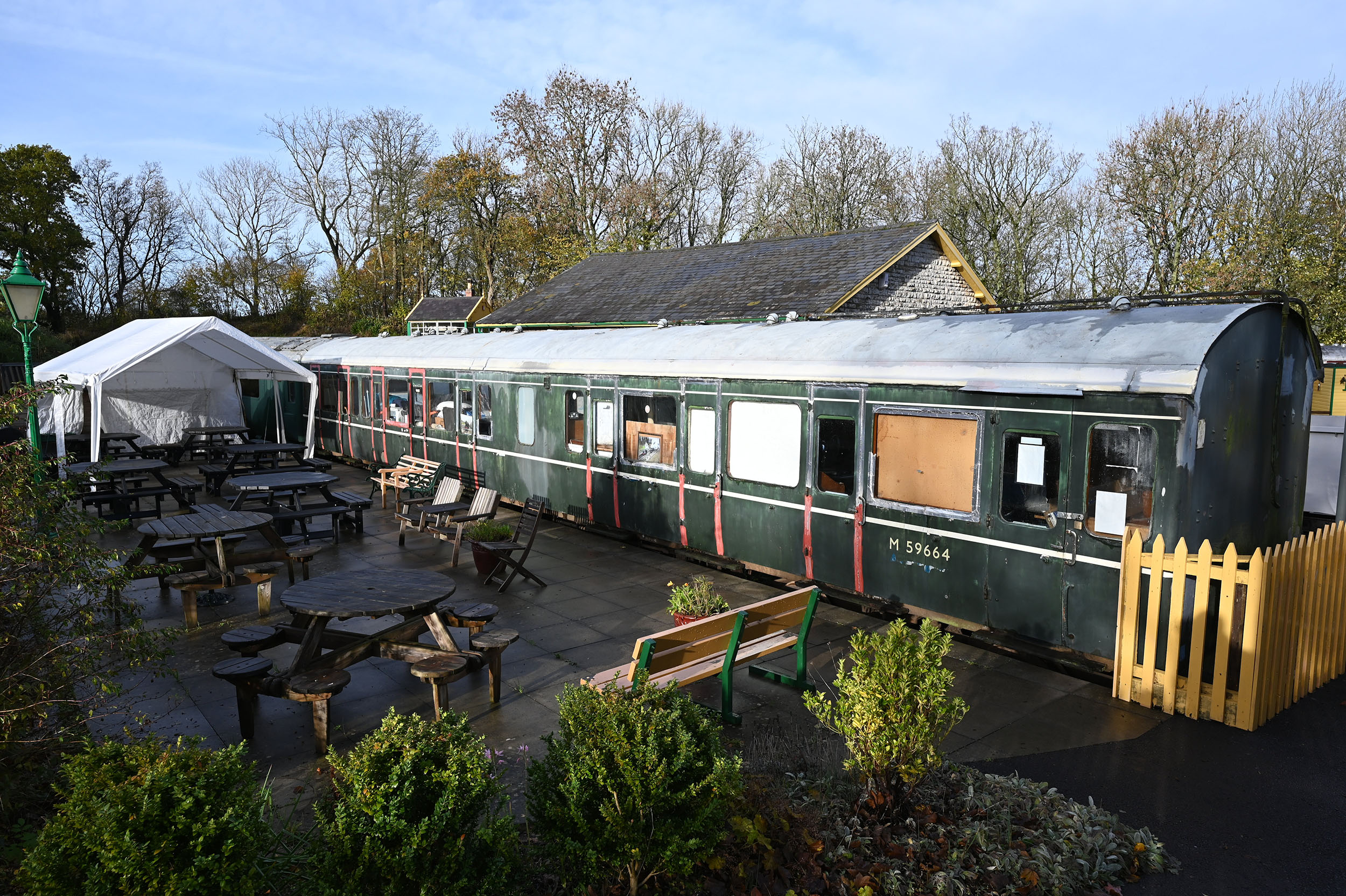

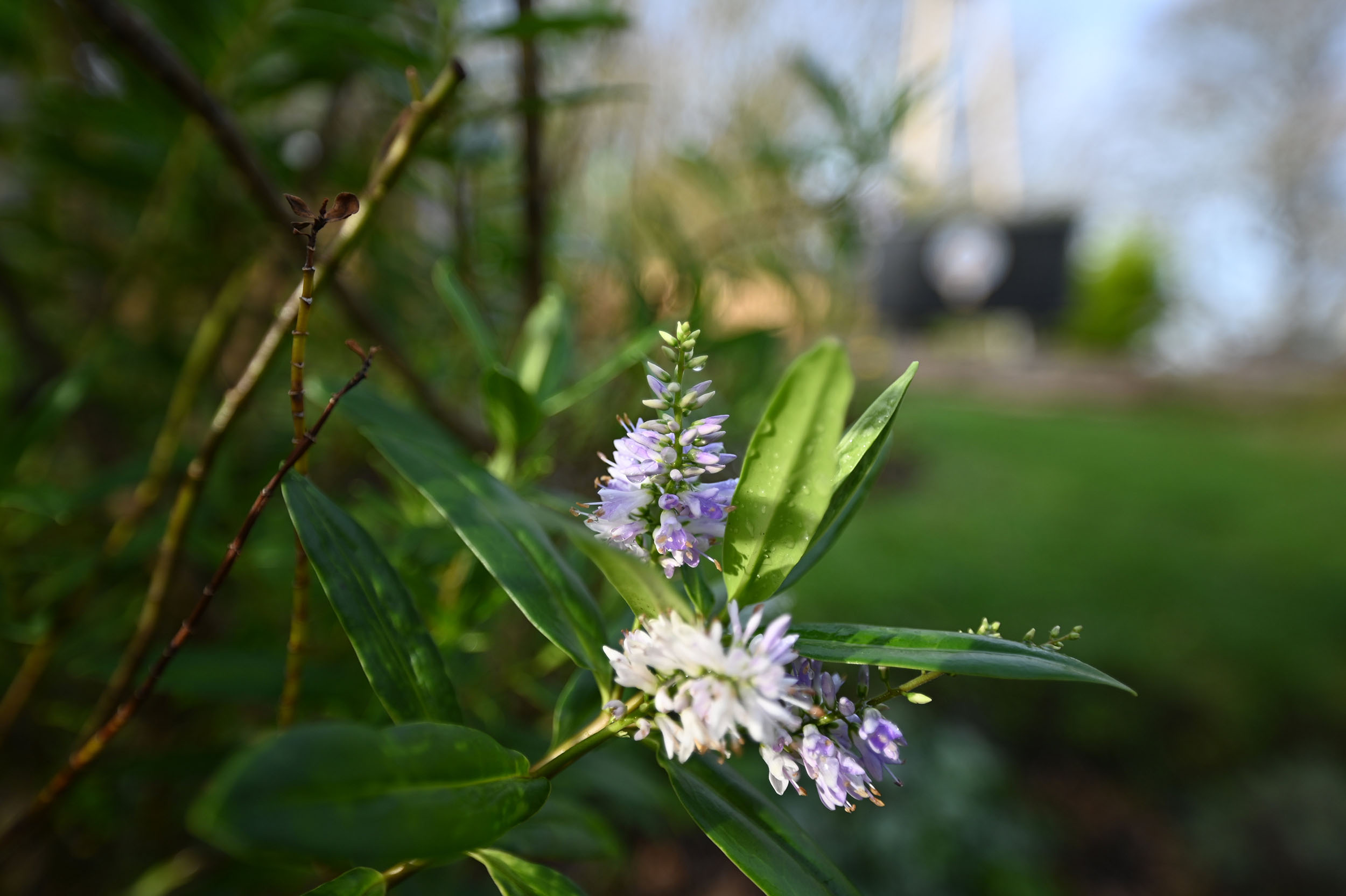
Features ★★★★★ | Notably. two lens hoods are included, the second of which enables 112mm screw-in filters to be used. |
Design ★★★★★ | A third custom control ring, an L-fn button, and an OLED display aid handling, and it's fully weather sealed. |
Performance ★★★★★ | It's razor sharp throughout its (albeit limited) zoom range from f/2.8 through to f/11, and it's effectively free of distortions and fringing. |
Value ★★★1/2 | It's very expensive, so you 'll have to really want to make use of that f/2.8 aperture in your wide-angle photography. |
Best telephoto zoom for the Z9 and Z8
Specifications
Reasons to buy
Reasons to avoid
Every pro and most enthusiast photographers need a 70-200mm f/2.8 – the telephoto part of the so-called ‘trinity’ of f/2.8 zoom lenses, along with standard and wide-angle zooms. The constant-aperture telephoto is incredibly useful for short-range sports, wildlife, event and social photography, and even portraits, where it can deliver beautiful background separation.
As I've come to expect from Nikon's S-line lenses, the Z 70-200mm f/2.8 VR S is superb in every way. If it's just a bit too big and heavy for a lens you don't use often enough to justify the cost, take a look at the Nikon Z 70-180mm f/2.8 instead. It only goes to 180mm rather than 200mm, but it's half the price, much more compact and lightweight, and still gives you a constant f/2.8 maximum aperture.
Read more: Nikon Z 70-200mm f/2.8 VR S review



Features ★★★★★ | A packed feature list includes ED, SR and fluorite glass, L-fn buttons, customizable control rings and an OLED display. |
Design ★★★★★ | It’s designed and built as a fully pro-grade telephoto zoom, catering to the most demanding professional and enthusiast photographers. |
Performance ★★★★★ | Sharpness is scintillating, bokeh is beautiful, autofocus is super-fast and VR is highly effective. |
Value ★★★★☆ | Although very expensive, the lens is very good value for money, considering the features, design and performance. |
Best super-telephoto zoom for the Z9 and Z8
Specifications
Reasons to buy
Reasons to avoid
If the 70-200mm or 70-180mm Nikon Z telephotos don't quite have the reach you need, and you're not quite ready for the astronomical cost of Nikon's super-telephoto primes, the Z 100-400mm f/4.5-5.6 VR S is a top choice. It gives you double the reach, although it doesn't stretch as far as the newer Nikon Z 180-600mm f/5.6-6.3 VR. Even so, it's worth pointing out that the Z 100-400mm f/4.5-5.6 VR S is a professional S-line lens, while the 180-600mm is more of a consumer-grade zoom.
The Z 100-400mm f/4.5-5.6 VR S does have a variable maximum aperture, but it's only a short shift from f/4.5-5.6, and it is compatible with Nikon's Z teleconverters, so you can extend its reach far beyond its regular 400mm maximum.
Read more: Nikon Z 100-400mm f/4.5-5.6 VR S review

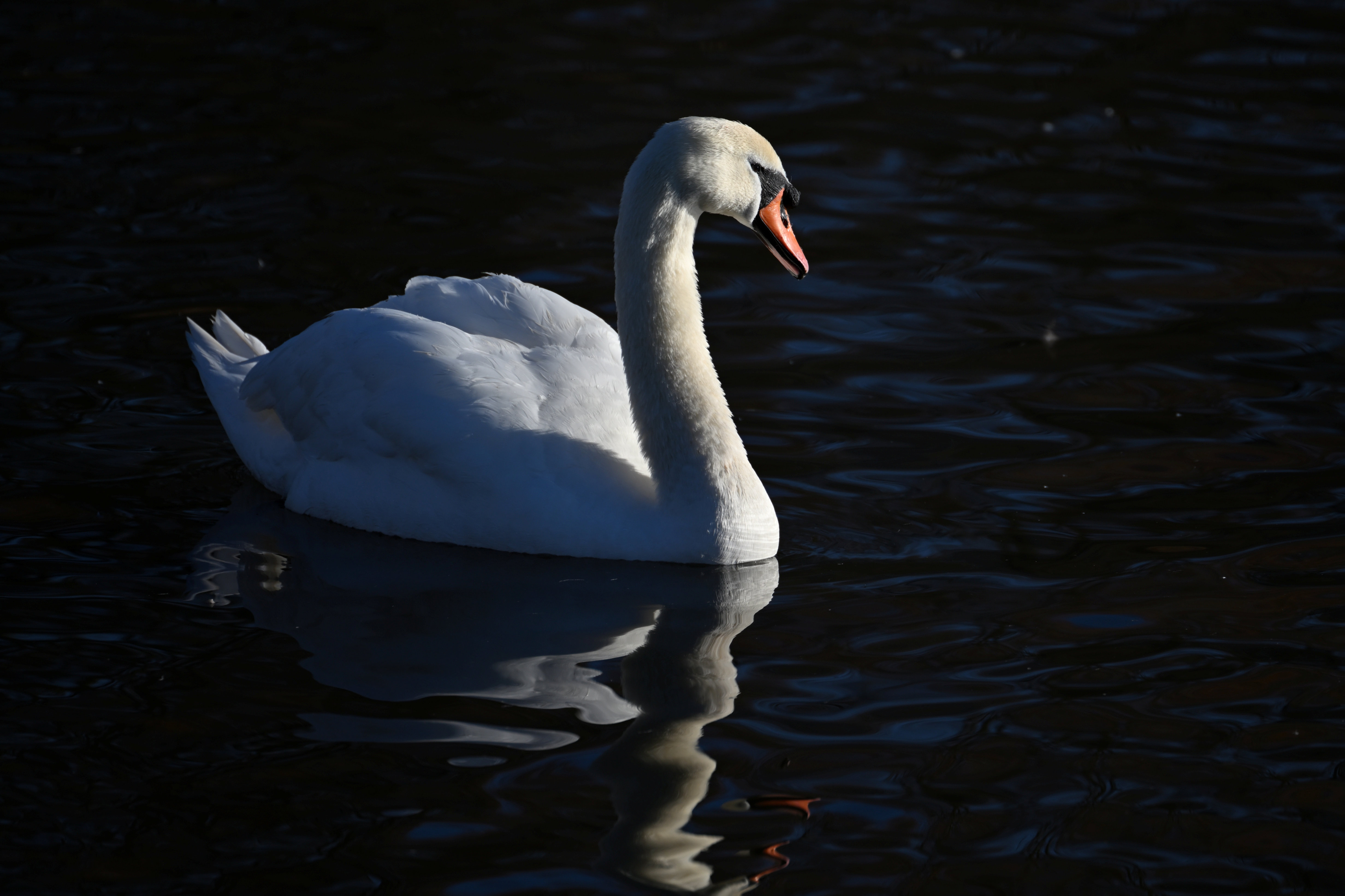

Features ★★★★★ | High-end features include plentiful customizable controls and function buttons, super-fast autofocus and 5.5-stop optical VR. |
Design ★★★★★ | The pro-grade design oozes quality and handling is terrific, although the lens is definitely no lightweight. |
Performance ★★★★★ | Scintillating sharpness is boosted in practical terms by the consistently accurate autofocus and highly efficient stabilization. |
Value ★★★★☆ | Pro-grade lenses never come cheap but this one good value for money at the price. |
Best ultra-telephoto for the Z9 and Z8
Specifications
Reasons to buy
Reasons to avoid
This ultra-telephoto zoom is an ideal lens for sports and wildlife photography, without going to the expense of one of Nikon's S-line lenses. The 180-600mm focal length is unusual – just a tad longer than the best 150-600mm lenses at the short end of their zoom range, but with this lens type, it's arguably the longest zoom setting that counts – and they don't come any longer than this without a big step up in price bracket.
The Z 180-600mm f/5.6-6.3 VR does have a variable maximum aperture, but I'm not going to hold that against it: it's only a small drop of just 1/3EV. I think this is one of Nikon's most important telephotos for the consumer market, and even though many Nikon pros might gravitate towards the S-line lenses, I know they'll be taking a long, hard look at this one too.
Read more: Nikon Z 180-600mm f/5.6-6.3 VR review



Features ★★★★★ | A gargantuan 180-600mm zoom range is the standout feature, backed by zippy autofocus and 5.5-stop optical VR. |
Design ★★★★★ | Zoom and focus is fully internal, and it's easy to locate subjects zoomed out then fully zoom in with a 90-degree twist of the zoom ring. |
Performance ★★★★★ | The lens proved highly impressive in real-world tests, with superb sharpness, clarity, contrast and color rendition. |
Value ★★★★1/2 | It's Nikon's most 'affordable' ultra-telephoto zoom – although admittedly that's a relative term! |
Best macro lens for the Z9 and Z8
Specifications
Reasons to buy
Reasons to avoid
Nikon's flagship macro lens is interesting for several reasons. One is the f/2.8 maximum aperture, which makes this lens handy not just for extreme close-ups but also as a general-purpose short telephoto – or even a portrait lens, where the longer 105mm focal length vs an 85mm lens will help with background blur, despite the smaller aperture.
The other notable feature is Nikon's VR image stabilization – Nikon's full-frame Z-mount cameras all have IBIS, but lens VR, where available, adds to the stabilization effect. The 105mm focal length helps maintain usable shooting distances, too, which is where the admittedly cheaper Nikon Z MC 50mm f/2.8 falls down somewhat.
What's perhaps most impressive, though, is the price. The Z MC 105mm f/2.8 VR S looks very good value for a professional S-line macro lens.
Read more: Nikon Z MC 105mm f/2.8 VR S review



Features ★★★★★ | Top-notch features include a customizable function button and multi-mode OLED info display panel. |
Design ★★★★★ | Build quality and handling are fully pro-grade, with plentiful weather-seals and an additional customizable control ring. |
Performance ★★★★★ | Image quality is flawless for extreme close-ups at up to 1.0x magnification, as well as for portraiture and still life photography. |
Value ★★★★★ | It’s certainly not a cheap lens but it’s nevertheless excellent value for an own-brand Nikon lens of this quality and performance. |
Best standard prime for the Z9 and Z8
Specifications
Reasons to buy
Reasons to avoid
I've included the Z 50mm f/1.2 S in my list because it is the ultimate 50mm prime in the Nikon Z line-up. The f/1.2 maximum aperture is not so far behind the somewhat-crazy 58mm f/0.95 Noct and produces wonderful background blur, not to mention superb center sharpness, even wide-open.
Yet I'm in two minds. For a 50mm, this is a seriously massive lens, and as you stop down, the bokeh shape starts to get visibly nine-sided rather than perfectly round. The edge sharpness doesn't really catch up with the center performance until you stop down to around f/4, either.
Much as I love this lens, for everyday usability, I also rate the far more humble – and much cheaper and lighter – Nikon Z 50mm f/1.8 S, which I feel is pretty much a match for the f/1.2 lens optically.
Read more: Nikon Z 50mm f/1.2 S review



Features ★★★★★ | That super-bright f/1.2 aperture it backed by ED and aspherical elements, it it has an OLED info panel, along with an additional control ring and L-Fn button. |
Design ★★★★★ | It weighs over a kilo, but suits big-bodied Nikons. Weather seals keep it protected from the elements. |
Performance ★★★★★ | Delivers incredible sharpness and contrast for such a fast lens, even when shooting wide open. |
Value ★★★★☆ | Expensive compared to Nikon's 50mm f/1.8 and f/1.4 lenses, but a bargain compared to the Z 58mm f/0.95 S Noct! |
Best portrait lens for the Z9 and Z8
Specifications
Reasons to buy
Reasons to avoid
Not so long ago, we all thought the classic 85mm f/1.4 was the ultimate 'portrait' lens – but the Nikon Z 85mm f/1.2 S takes it just a bit further. It offers a hairs-width depth of field wide open, but it has the fast and accurate autofocus needed to make that work, and produces quite superb image quality. This does make for a very big lens, though, not to mention an expensive one (wait, weren't mirrorless systems mean to be smaller?).
If the Z 85mm f/1.2 S is a step too far, consider the Nikon Z 85mm f/1.8 S. It's a much smaller lens, and way less expensive. Although it doesn't offer the bigger lens's razor-thin depth of field, it still delivers strong background blur and great optical performance for more infrequent portrait shooters.
Read more: Nikon Z 85mm f/1.2 S review

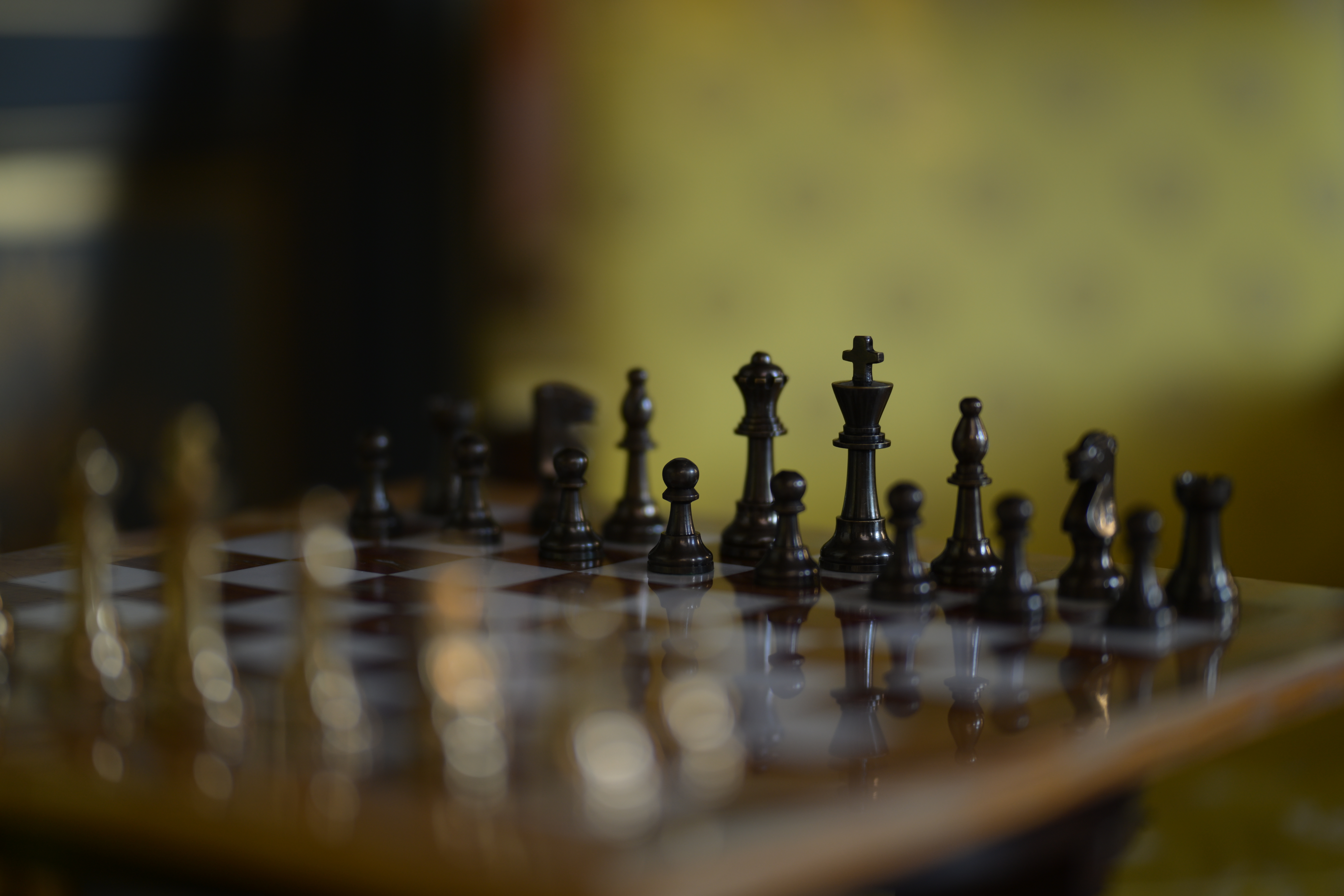

Features ★★★★1/2 | It's Nikon's first ever 85mm f/1.2 lens and has all the S-line credential pro photographers could want. |
Design ★★★★★ | It's necessarily chunky, but feels well balanced on the Z8 or Z9, and there's a customizable control ring and L-fn button. |
Performance ★★★★★ | The fast f/1.2 aperture gives dreamy bokeh and focusing is quick and accurate thanks to dual AF drive units. |
Value ★★★★1/2 | It's a pricey lens, to be sure, but one that pro portrait photographers will be willing to pay. |
Lab data and comparisons
The graphs below show the comparative performance of the lenses in this guide, based on our in-house lab tests. I’ve been highly impressed by the sharpness of all Nikon Z-mount lenses across the board but, as shown in these lab test graphs, the premium S-line lenses tend to be the best. Color fringing and distortions are also well controlled.
Scores for sharpness and color fringing are averaged from data taken across the entire image frame, from the center to the edges and corners, throughout the aperture range. For zoom lenses, the scores are also averaged from data measured at all marked focal lengths, and the same applies to distortion. Bear in mind that these average values don't fully reflect specific areas of performance. For example, a zoom lens might have noticeable barrel and pincushion distortion at its shortest and longest focal lengths respectively, which tends to average out when looking at the data overall. For more detailed graphs of each lens's performance, which give the full picture, check out the graphs in our full standalone lens reviews.
How to choose the best lens for the Z9 and Z8
Which lenses fit the Nikon Z9 and Z8?
The Z9 and Z8 use the Nikon Z mount and are compatible with all lenses designed for that mount. Nikon’s own Z-mount lenses all have Z at the start of their model names.
Some Z-mount lenses are designed for use with APS-C format cameras rather than full-frame cameras such as the Z9 and Z8. Nikon lenses that fall into this category have DX as part of their model names. While they physically fit on the Z9 and Z8, these lenses produce a cropped image, so they’re not ideal. None of the lenses in this guide is a DX-format lens.
If you are buying a third-party lens for the Z9 or the Z8, always check that it is designed for full-frame (or FX) Nikon Z cameras, rather than APS-C (or DX) Nikons.
The Z9 and Z8 are also able to use F-mount lenses, which are made for use with Nikon’s DSLR cameras. For this, you need an adaptor such as the Nikon Mount Adapter FTZ II. The idea is that owners of older DLSR cameras can buy a Z camera and still use their old lenses.
How do I know which lens to get for my Z9 or Z8?
The reason there are so many types of lens in the first place is that different scenes demand different lens designs, particularly when it comes to focal length and aperture rating.
Usually, you will decide what you want to photograph, then get a lens with the focal length that suits the situation. For example, to shoot landscapes you will need a wide-angle lens, while for sports and wildlife you will need a telephoto.
You can watch this video that explains focal length: it helps you work out what kind of lenses you need for different genres of photography.
How we test lenses
The lens experts in our testing lab run a range of tests under controlled conditions, using the Imatest Master testing suite. Photos of test charts are taken across the range of apertures and zooms (where available), then analyzed for sharpness, distortion and chromatic aberrations.
We use Imatest SFR (spatial frequency response) charts and analysis software to plot lens resolution at the centre of the image frame, corners and mid-point distances, across the range of aperture settings and, with zoom lenses, at four different focal lengths.
There's more to it than just the technical side, though! Beyond the lab, our reviewers test lenses in real-world environments – and sometimes on professional shoots! We work with lenses both indoors and outdoors, in studio conditions and in natural light, with as many different subjects as is possible (or appropriate – there's no point testing a landscape lens' ability to shoot a portrait!).
We take into account everything from handling and ease of use to speed of autofocus and the overall quality of the images produced.
Find out more about how we test and review on Digital Camera World
The best camera deals, reviews, product advice, and unmissable photography news, direct to your inbox!

Prior to joining digitalcameraworld.com as Guides Editor, Adam was the editor of N-Photo: The Nikon Magazine for seven years, and as such is one of Digital Camera World's leading experts when it comes to all things Nikon-related.
Whether it’s reviews and hands-on tests of the latest Nikon cameras and lenses, sharing his skills using filters, tripods, lighting, L brackets and other photography equipment, or trading tips and techniques on shooting landscapes, wildlife and almost any genre of photography, Adam is always on hand to provide his insights.
Prior to his tenure on N-Photo, Adam was also a veteran of publications such as PhotoPlus: The Canon Magazine, so his wealth of photographic knowledge isn’t solely limited to the Big N.
- Rod LawtonContributor
- Matthew Richards
